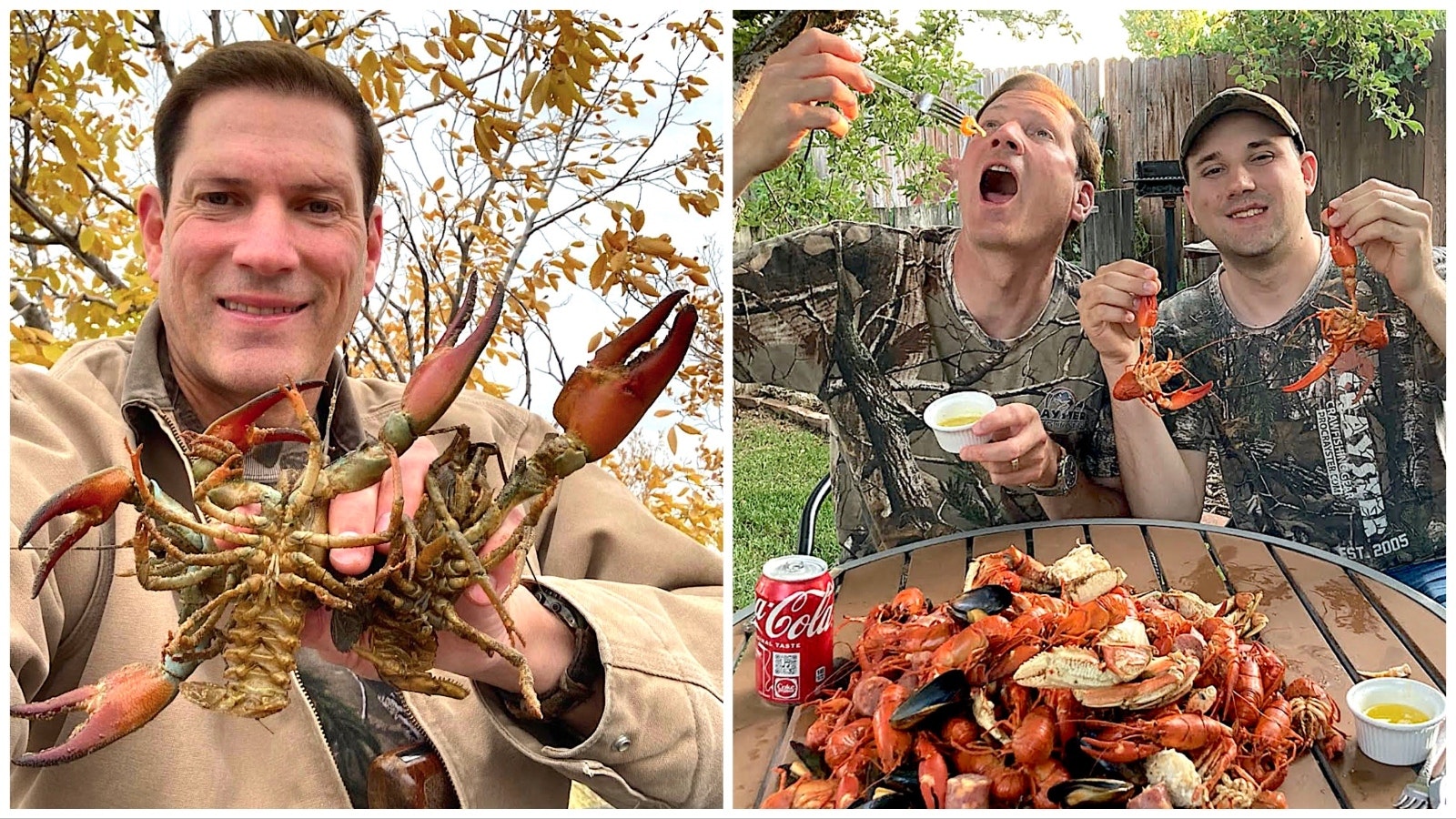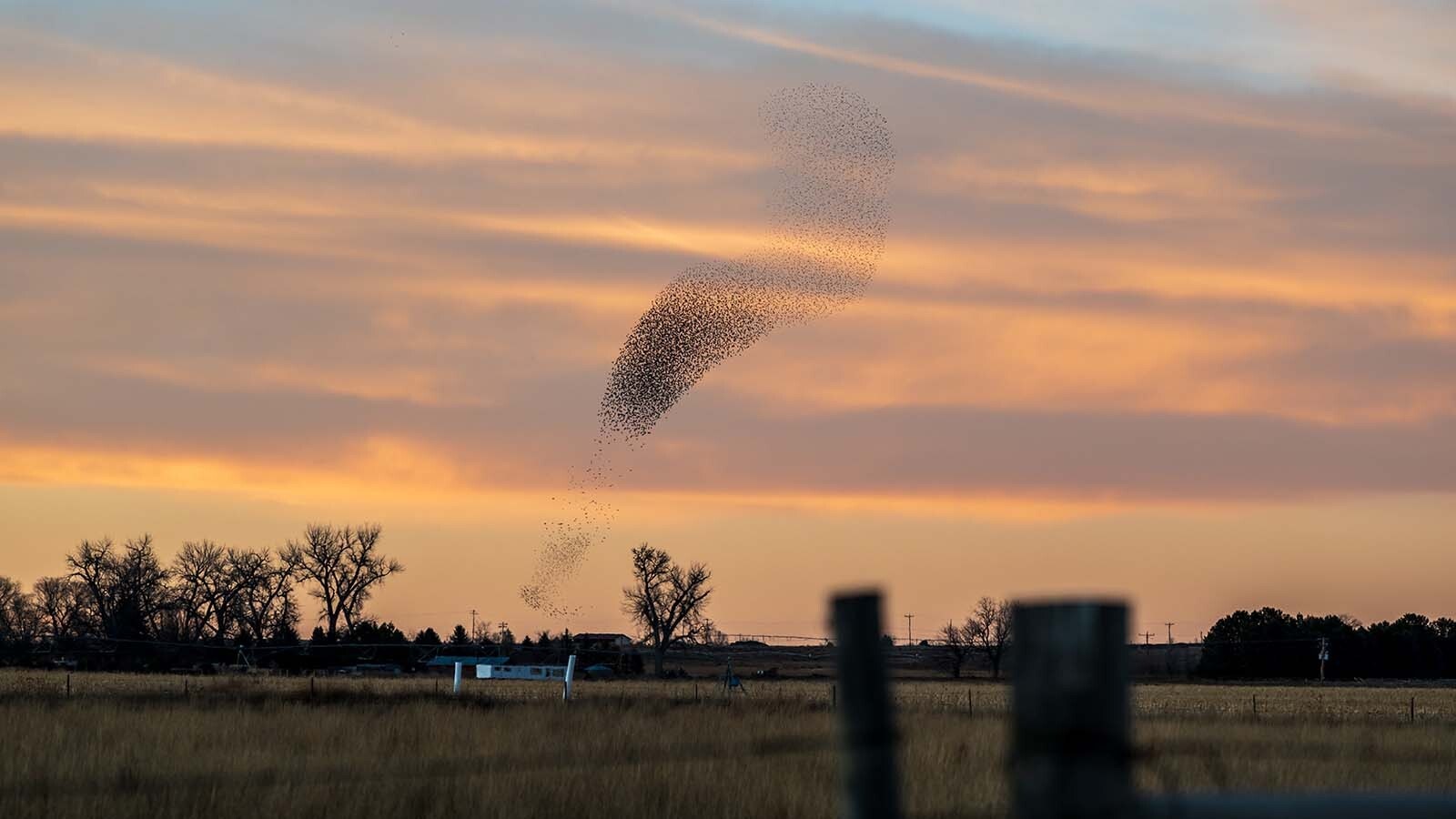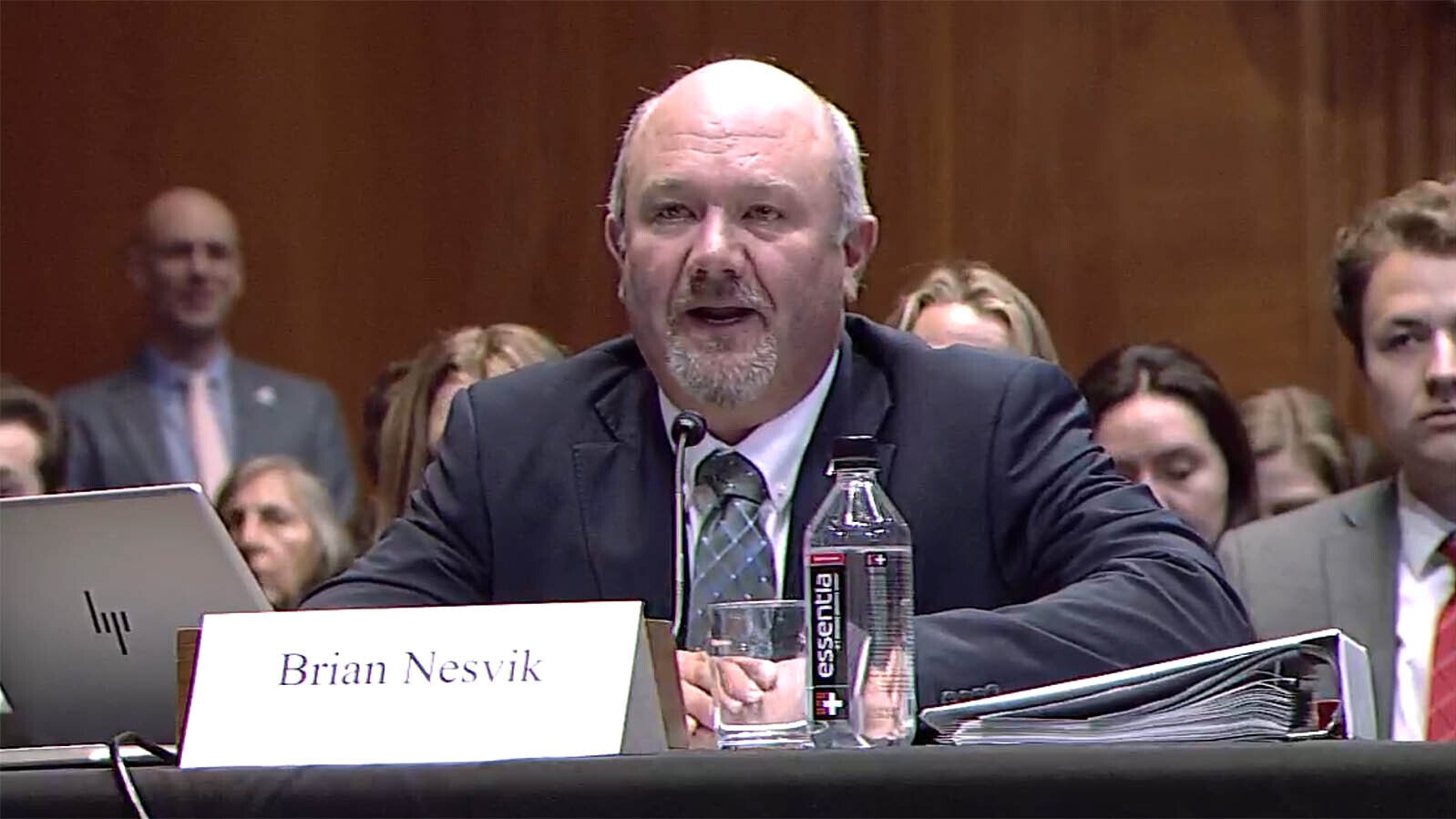In Louisiana, crawfish is king, but in Wyoming the lowly mudbug gets about as much respect as the common carp.
A growing group of Wyoming anglers, bolstered by a social media network, want to change that. They're sharing how to catch, cook and enjoy the plentiful crustacean.
Chris Taylor is an avid angler and student working on a degree in fisheries biology. He lives in Green River and has a unique fascination with crawfish.
Taylor likes to catch and eat mudbugs occasionally. Most of the time when he goes out fishing for trout or burbot he throws a crawfish trap in the water to see what he can catch.
"Something about them just fascinates me and they are absurdly huge around here," he said.
Most of the crawdads he catches get released, but he says they make great burbot bait.
Taylor says the Green River is full of them. As a kid growing up in the town of Green River, he trapped them regularly.
"As a kid I grew up 100 yards from the Green River and I would leave traps out overnight all the time," he said.
Another of his favorite spots in Sweetwater County is Jim Bridger Pond, about 30 miles east of Rock Springs.
"I'm the only one in my family that likes to eat them and I'm not much of a cook," he said. "So I mostly use them for bait," he added.
Other good spots in Wyoming include Crystal Lake and North Crow Lake near Cheyenne, Palisades Reservoir near Alpine, Shirley's Pond in Park County, the Laramie River, a 280-mile long tributary of the North Platte River, and Curt Gowdy State Park in Laramie County.
Wyoming fishing regulations state that crawfish can only be used as live bait in the water body where they were caught.
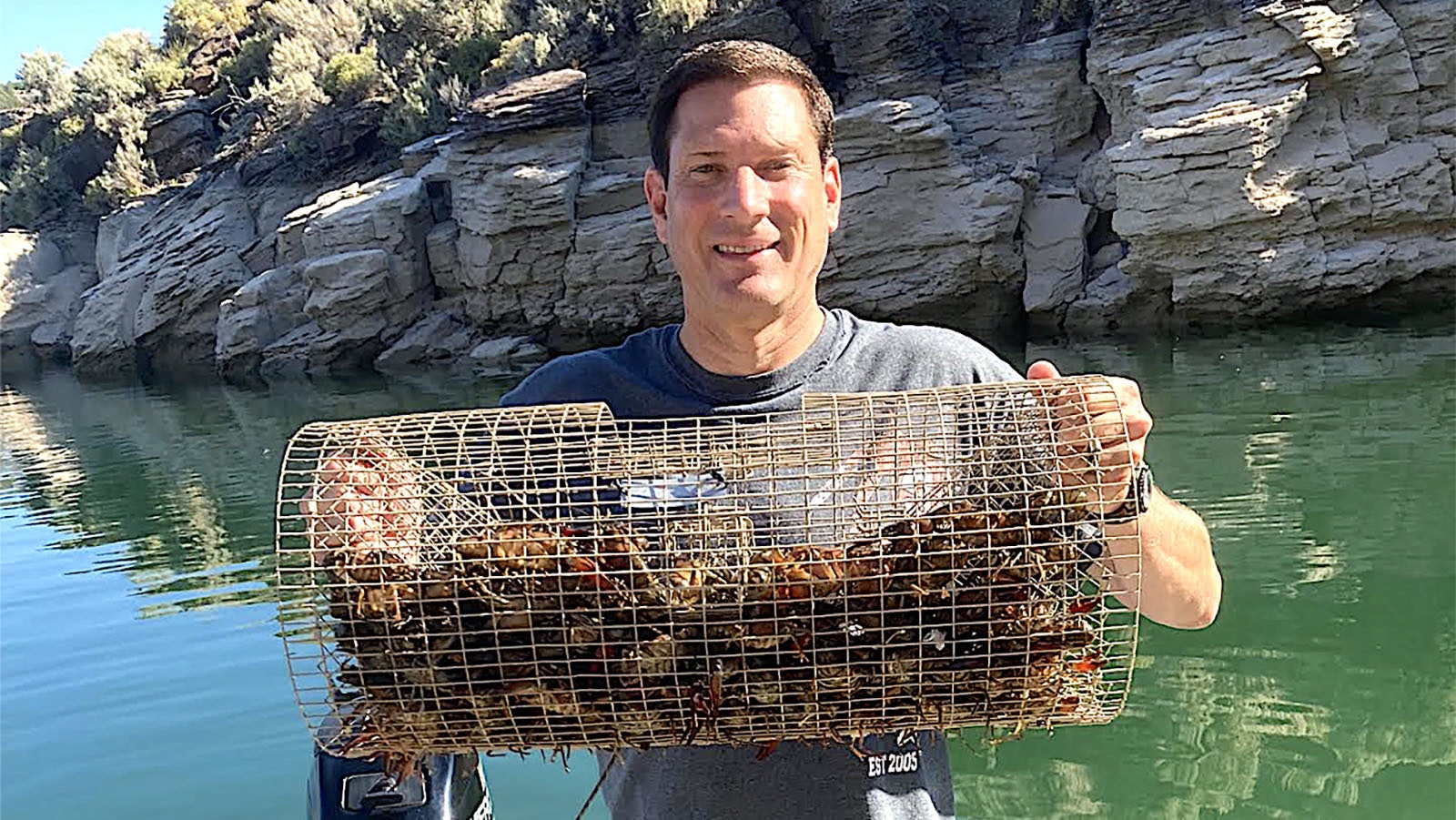
Idaho Man Creates Crawfish Network
They go by many names, including ditch lobster, mudbug, crawdad and crayfish. Whatever you like to call them, they're a tasty, plentiful source of good, clean food and family fun.
Properly cooked, seasoned and dipped in garlic butter, most would be hard-pressed to tell the difference between this frequently overlooked freshwater bottom-dweller and the Dungeness crab currently fetching $68.50 per pound at Pike's Place Market in Seattle, Washington.
That's according to Mike Burrell, an outdoorsman who grew up in Bend, Oregon, and who created a vibrant business and social media community around the freshwater crustacean.
Burrell's Ammon, Idaho-based business, Crayster, sells traps, bait and spice mixes to sportsman. Crayster uses a diverse social media partnership to share information and teach others where, when, why and how to promote, catch and cook the overlooked and underutilized shellfish.
Social Media
There's a Crayster page on Facebook in 25 different states where experts share how to find, catch and cook crawdads. The Crayster "Team" in each state fields questions and helps solve problems.
On YouTube, Crayster provides crawfish hacks including how to catch the big ones, how to shell, care for and transport them, and how to find the right place to set traps. Recipes range from crawfish and bacon pizza to crawfish boil with sausage, corn, potatoes and onions, to coconut crawfish. There's even a crawfish bloody mary recipe.
Crawfish can be used in almost any recipe that calls for shellfish. According to Crayster, it's as simple as "Pinch, suck, crack, eat and repeat."
Burrell posted one video where he cracks and cleans 20 crawdads in one minute.
But the sucking of crawfish heads is something Burrell prefers to leave to other mavens of the mudbug. In some places in the South it's considered borderline criminal to discard a perfectly good crawdad cranium.
"Really what is going on there is you just get some of the juices from the boil pot that sneak into the crawfish shell," he said. "I figure if I want some boil pot juice I can just grab a cup out of the pot."
The Crayster YouTube Channel has more than 3 million views.
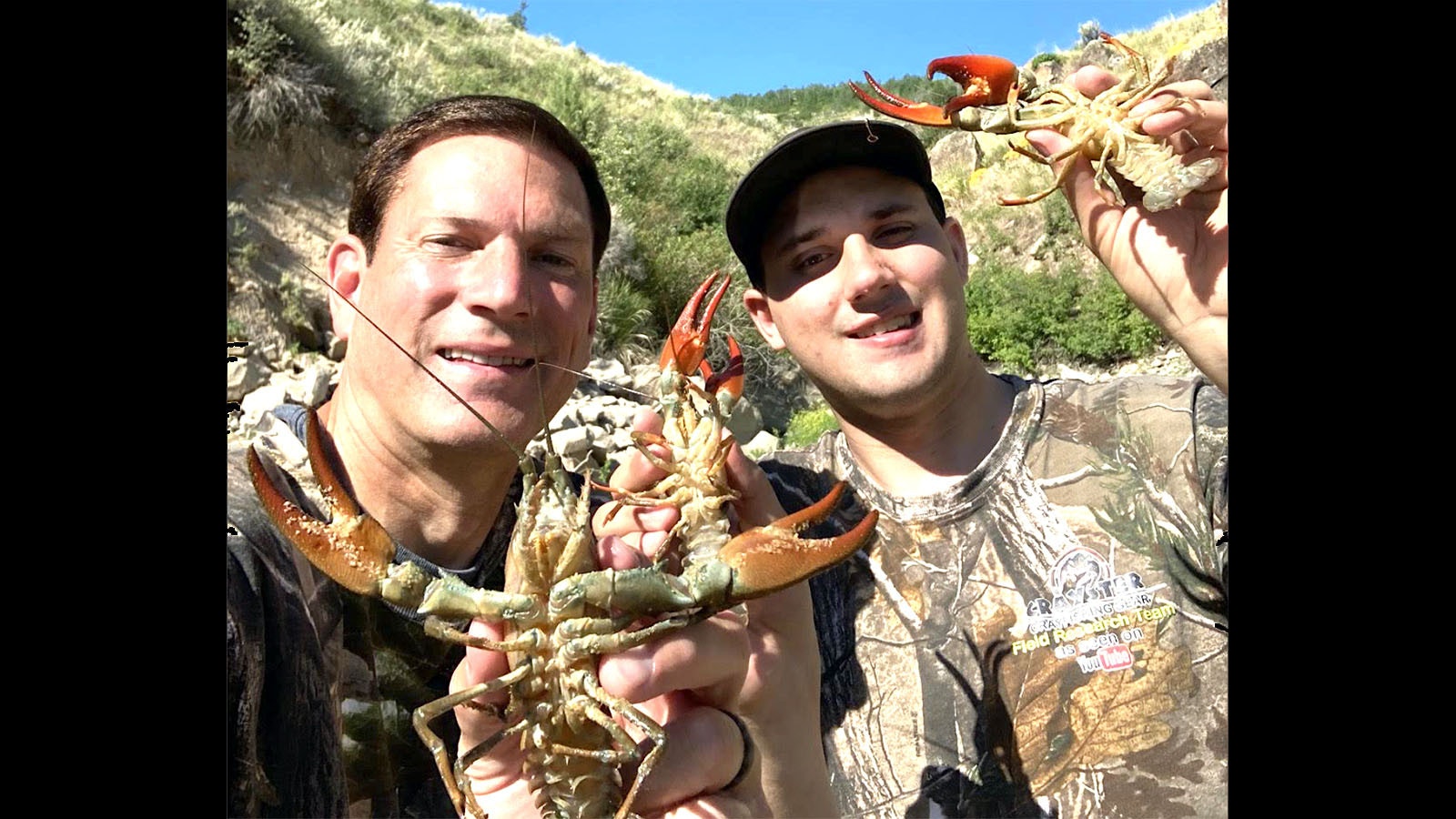
Company History
Burrell started the company in 2005. After a trip to the Oregon Coast catching crabs, his young son Jake couldn't stop talking about it. He began to ponder ways to satisfy Jake's interest without making the 15-hour trip to the coast. They bought some crawfish traps but found them inadequate. The openings were too small and the bigger crawdads couldn't fit inside.
Ever the entrepreneur, Burrell was soon building his own traps and the business grew from there.
Burrell says there are a few things to know about crawdads in the Intermountain states. First is they're bigger. In Wyoming, Idaho, Utah and Colorado, crawdads can grow to nearly a foot long with over four-inch-long claws. Here, they actually have claw meat as opposed to the smaller crawdads that come primarily from Louisiana, where they're often farm-produced in rice paddies and small ponds.
Second, they're cleaner here. When they come from clean water they don't need to be purged to wash away the mud.
Become a Crawdad Detective
A common question posed to Burrell and his army of social media influencers is where to find crawdads.
The old coyote trapper adage, "set on sign," applies to crawdads too.
"Become a crawfish detective," is his advice. "Walk along your river or lake and look for shells. A lot of animals and fish feed on crawfish. Where you find shells, you'll find crawfish."
When To Trap, Biology
The time to catch crawfish is now. Burrell says the best crawfishing months are June through September. Crawdads hibernate in the winter and the females produce up to 400 eggs each year. This high rate of reproduction can cause overpopulation problems and angler harvest helps keep numbers in check, he said.
Taking Care Of The Catch
Like most shellfish, it's critical to keep crawdads alive until they are cooked. Burrell's favorite method of preparation is to take a propane stove and boil his catch on the beach. Any meat that is left over can be picked and put on ice.
Another alternative is to take a cooler and an aquarium bubbler along. This method keeps mudbugs alive during transportation. However, some states don't allow the transport of live crawfish.
The Right Bait Equals Success
Hot dogs, cat and dog food and rotten fish have long been used to catch crawfish. Burrell says those baits work but not nearly as well as attractants developed specifically for the task at hand.
"Dog and cat food, fish guts and all the stuff you hear about on the internet aren't good bait," he said. "They want fresh, oily fish and the Pro-Cure attractant (a Crayster product) stays in the zone longer. It really does increase the catch rate."
A Family Activity
One of the most rewarding aspects of this business/social media partnership for Burrell is seeing photographs of kids holding large crawfish.
"What's been rewarding for us is getting more people into a wonderful family sport that gets kids and their parents off the computer and out in the woods," he said.
John Thompson can be reached at: John@CowboyStateDaily.com

